The KJV Apocrypha states the real location of biblical Jerusalem is “six hundred furlongs” (120km) from “Scythopolis”, which my investigations show is around northern Siberia.
The Apocrypha is included in most older KJV Bibles, as well as editions of the KJV you can buy today from publishers such as Cambridge.
This is post four in my series which shows, using the scriptures and old maps, that the real Jerusalem is located around the North Pole, where the compass points. Make sure you read the other posts here.
“From thence they departed to Scythopolis, which lieth six hundred furlongs from Jerusalem,” (2 Maccabees 12:29)
Interestingly, when the Apostle Paul is telling the Colossians that it’s not your race or Torah adherence etc that matters but rather, whether you’re in Christ, he specifically singles out “Scythian” as one of the few examples. To me this reinforces its relevance to Israel:
“Where there is neither Greek nor Jew, circumcision nor uncircumcision, Barbarian, Scythian, bond nor free: but Christ is all, and in all.” (Colossians 3:11)
Old maps label Siberia as Scythia (see gallery at the end for each image in larger size):
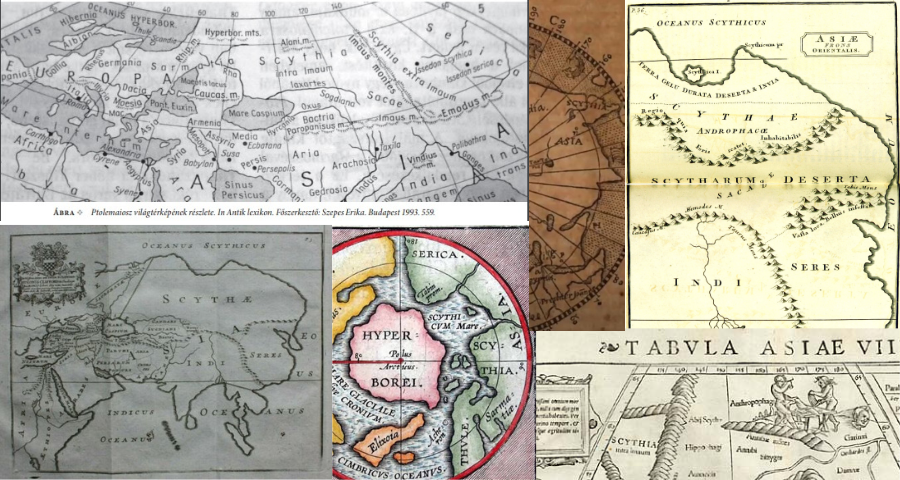
My investigations into the location of Gog Magog mentioned in Revelation also led me to northern Siberia and several of those maps also contain Scythia (see gallery at the end). Remember the letters in Revelation are written to the churches in “Asia”.
Mercator’s map of the land around the North Pole shows a Scythian sea right next to the North Pole and has places named Gog and Magog in the area of northern Siberia:
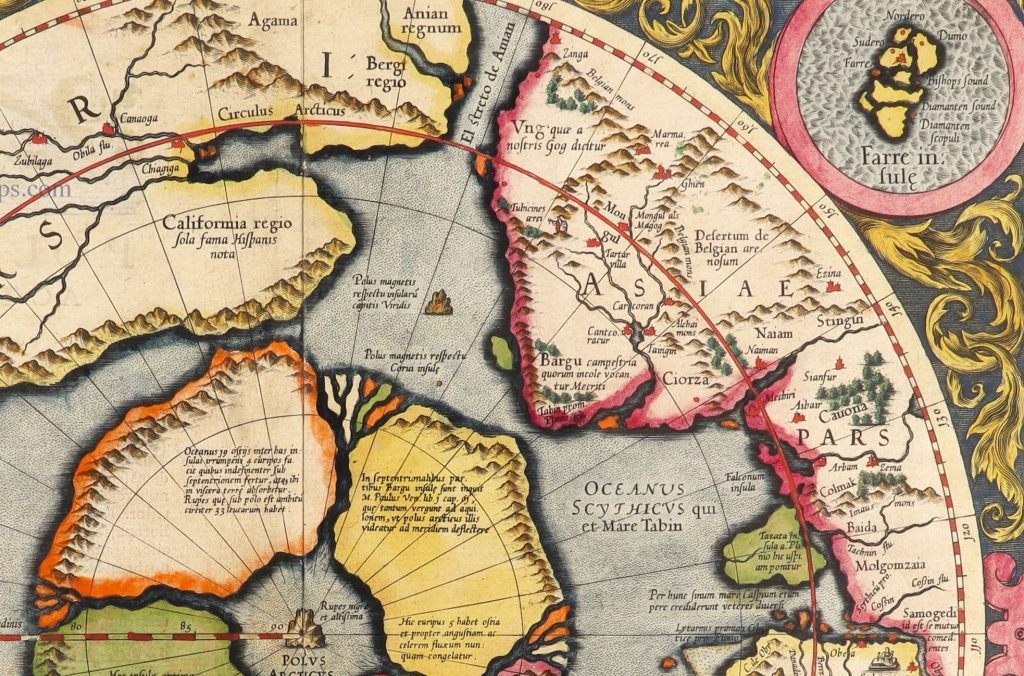
This Scythian ocean is also located next to the North Pole on other old maps:
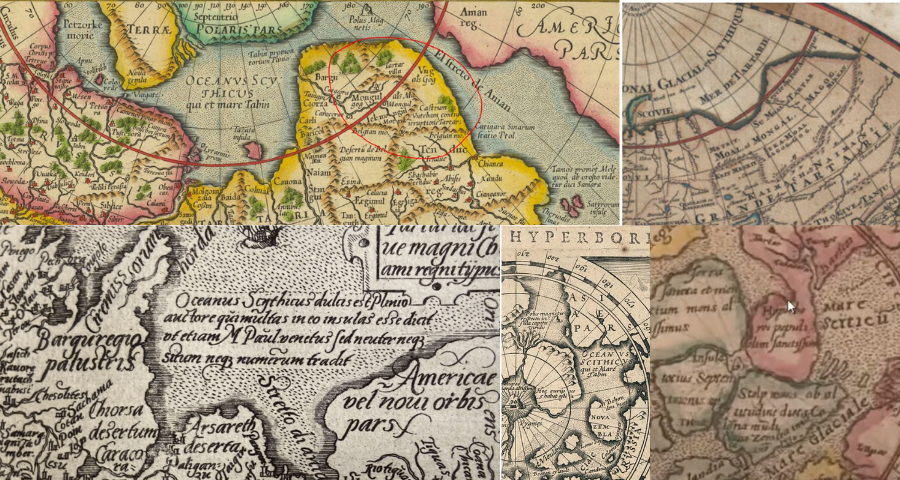
The scriptures show the real Mount Zion and Jerusalem are located in the north, and much of Isaiah as well as the end of Revelation talks about the pilgrimage we must make to go to the Holy Land. In addition to the scriptures, many old maps place Jerusalem at the centre of the earth.
The book of Enoch, in the multiple translations I have, also places Jerusalem and the “holy mountain” at the middle / centre of the earth (first verses of 1 Enoch chapter 26):
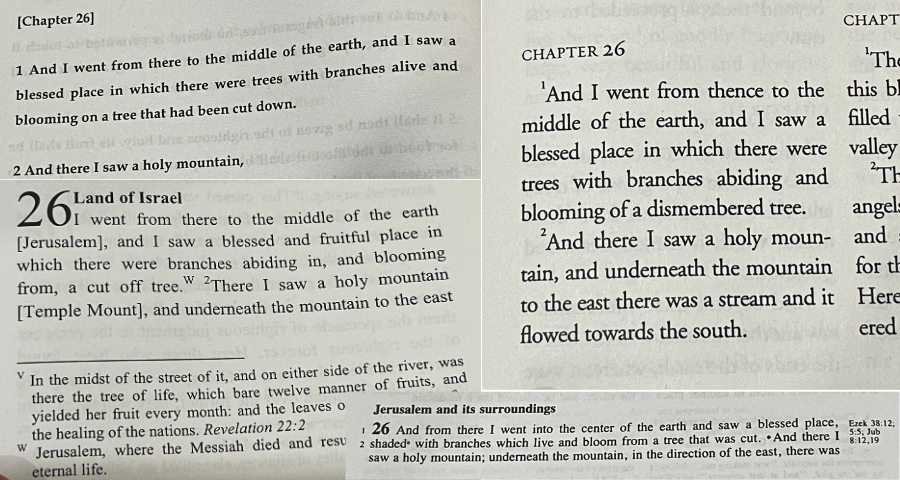
I don’t consider the so-called book of Enoch to be on par with scripture or even with the Apocrypha, as it is not and never has been part of the Holy Bible. We don’t know if the Enoch referred to in scripture, such as in the book of Jude, has anything to do with the books named Enoch that are circulating today.
1 Enoch is definitely worth a read but don’t even bother with 2 and 3 Enoch, which completely conflict with the scriptures and contain huge red flags.
While the Apocrypha is not part of the biblical canon, most older Authorised Version KJV Bibles included the Apocrypha separated out in between the Old and New Testaments (including my own 1637 and 1768 KJV Bibles).
Once you’ve read the Holy Bible in full, the Apocrypha can add a lot to your understanding, particularly 2 Esdras which is an amazing book on prophecy that doesn’t conflict with what the scriptures say.
I don’t believe the shills and scribes who claim the Apocrypha was only added to the KJV to appease the Roman Catholic Church – they want to influence you not to read it for a reason. Believe the scriptures in the KJV Authorised Version, but not the false secular history that has been built up by frauds in academia to explain how we got our Bibles.
Remember we are post millennial kingdom, and the idea that Rome gave us the Bible, as the official history goes, is completely false.
The Apocrypha helps fill in the gaps in the biblical history because the Old Testament historical books finish off during the Medo-Persian kingdom, while the New Testament picks up during the Roman empire (Daniel’s prophecy places the Greek empire in between this).
It’s therefore no surprise that Scythia’s name is Hellenised in the Apocrypha (Scythopolis is also mentioned in Judith 3:10 in the KJV Apocrypha).
There are many more old maps that clearly depict Scythia in the same place around northern Siberia, which you can find in the gallery below. These include maps of “Tartaria” that show Gog and Magog as well:

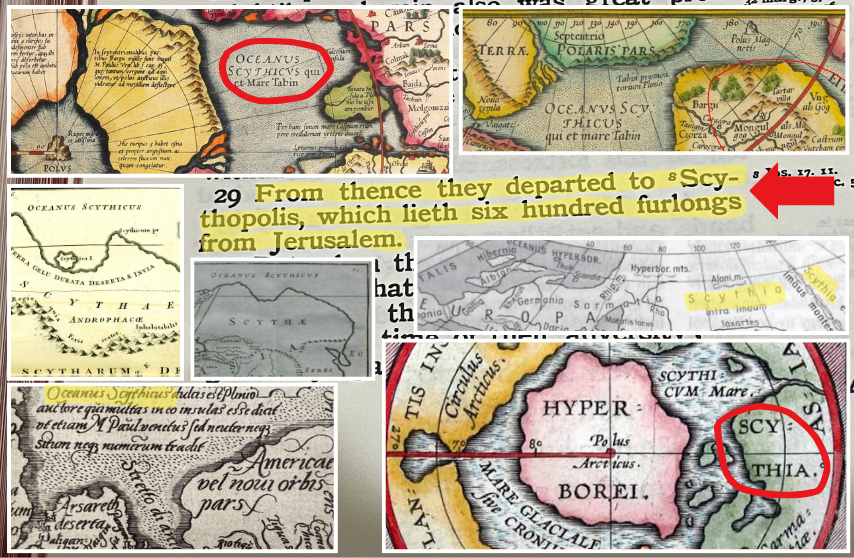
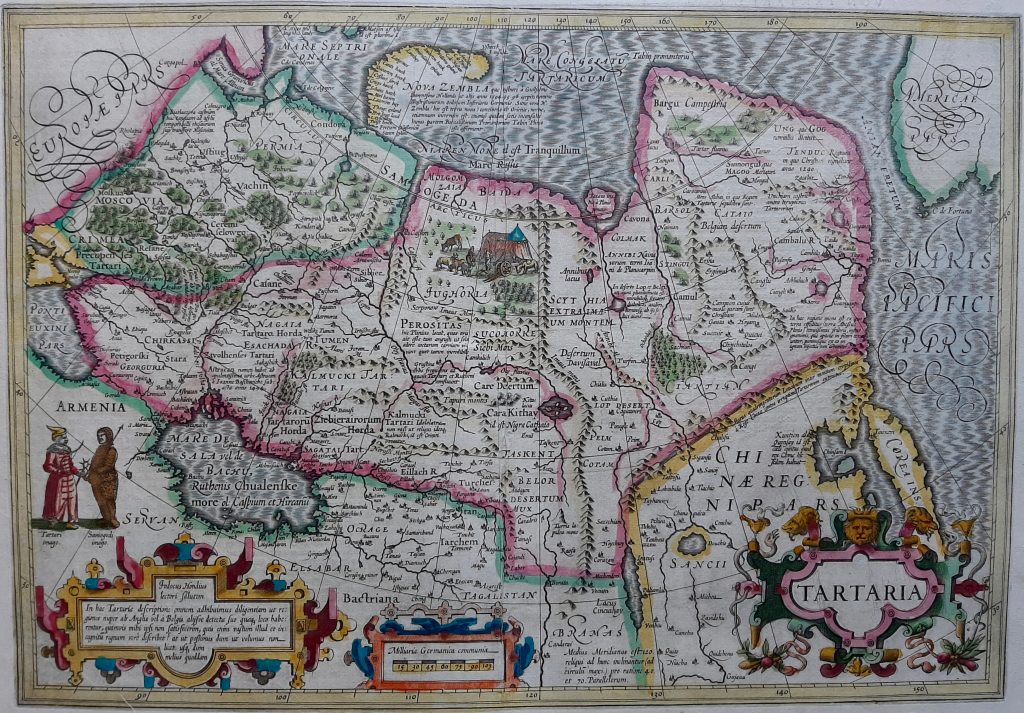
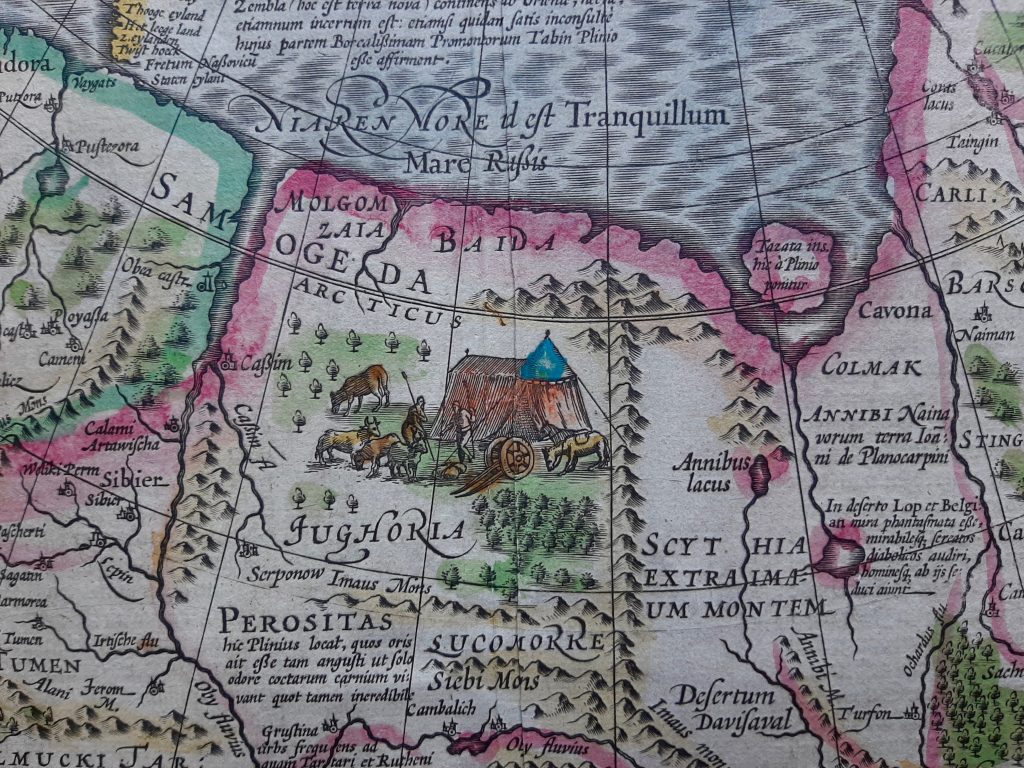
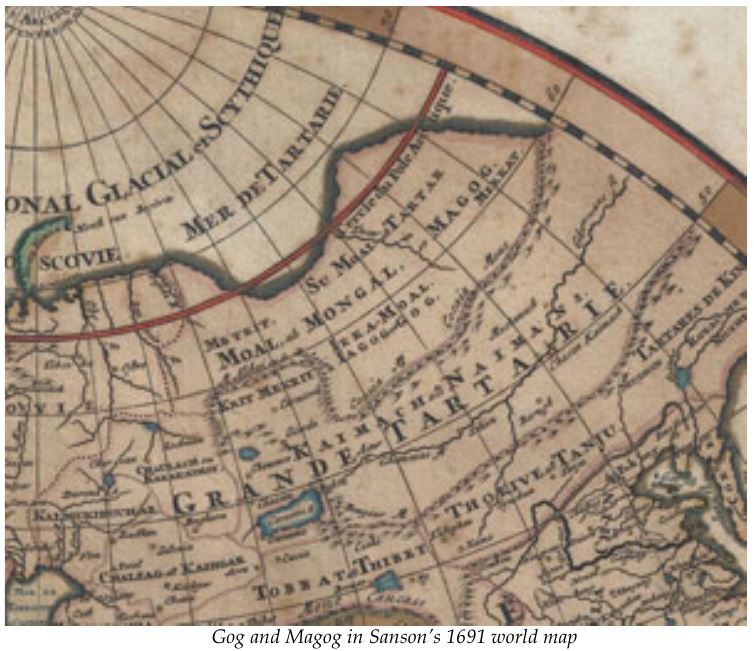
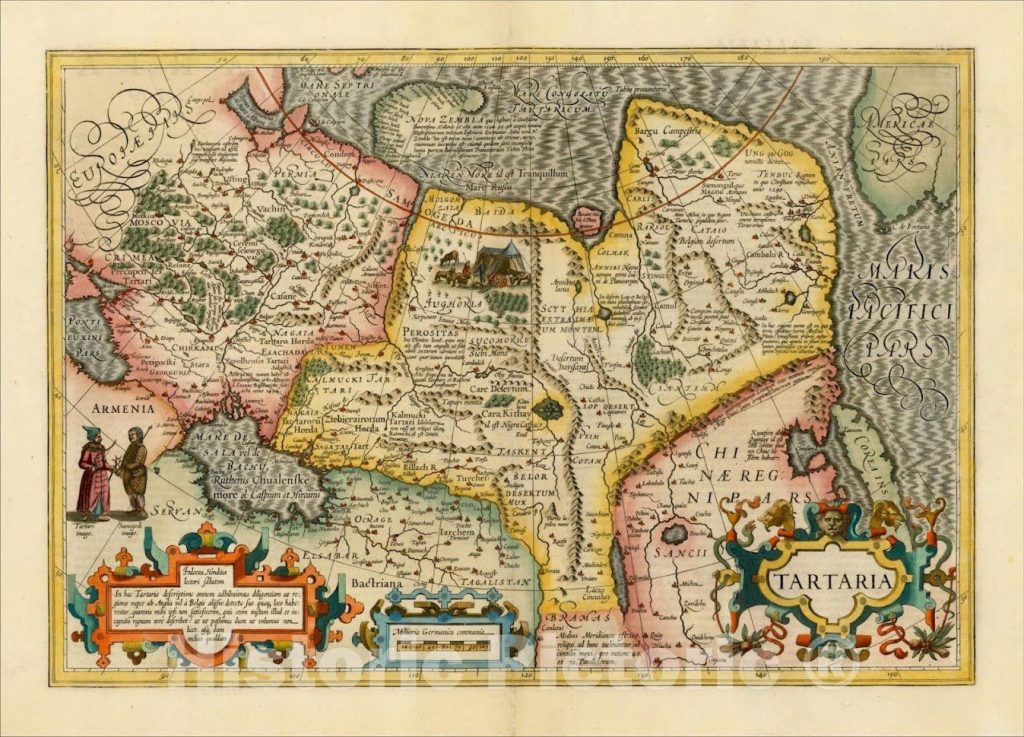
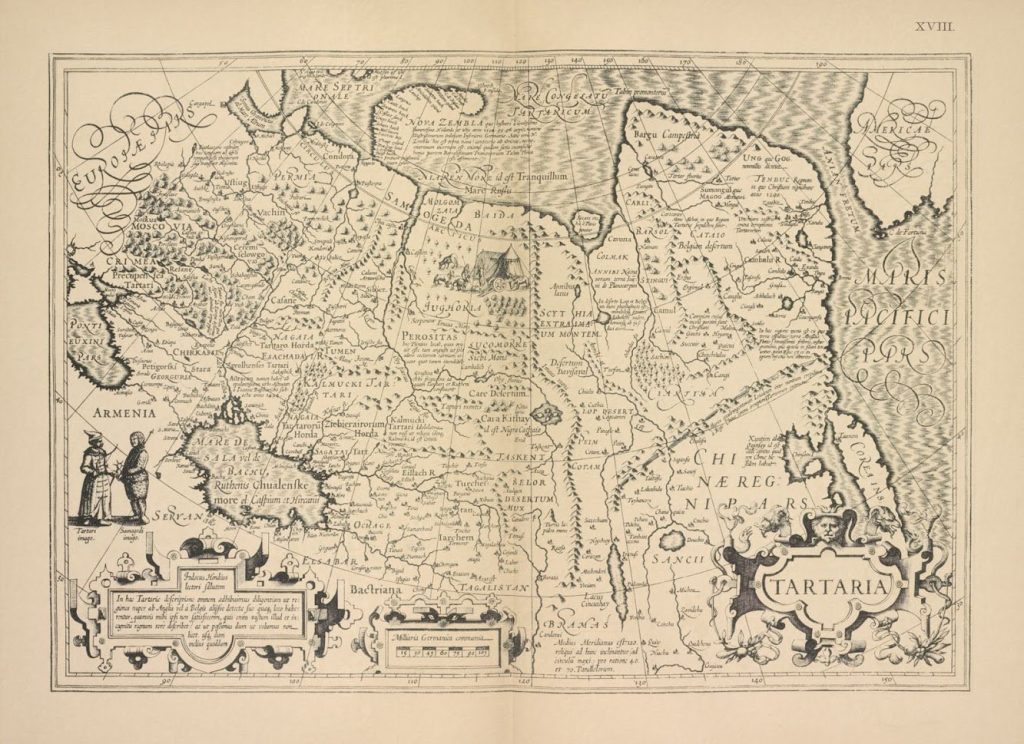
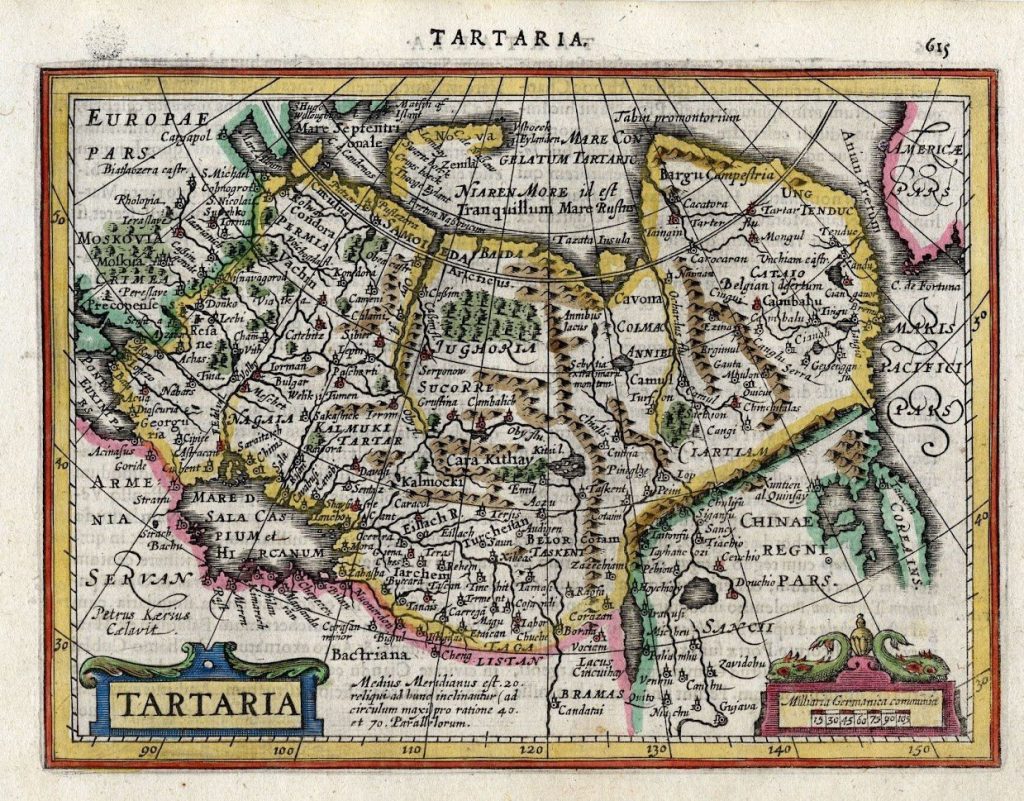
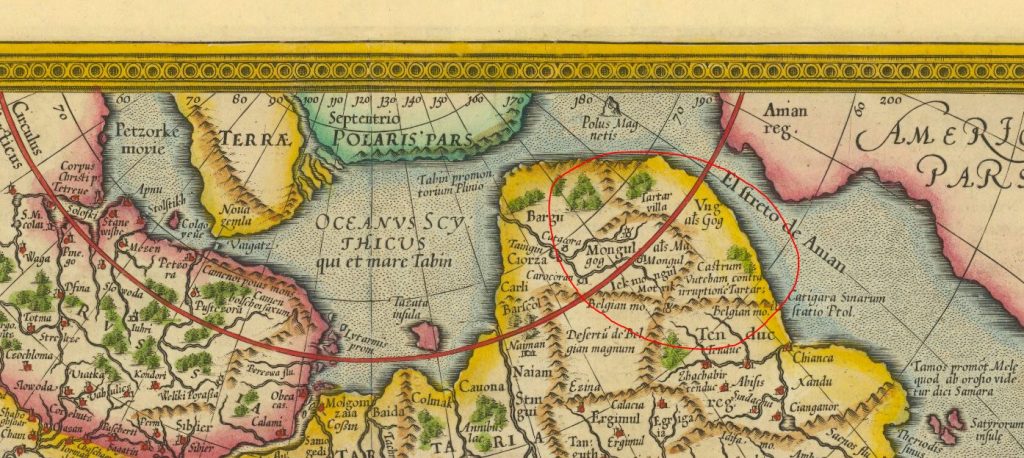
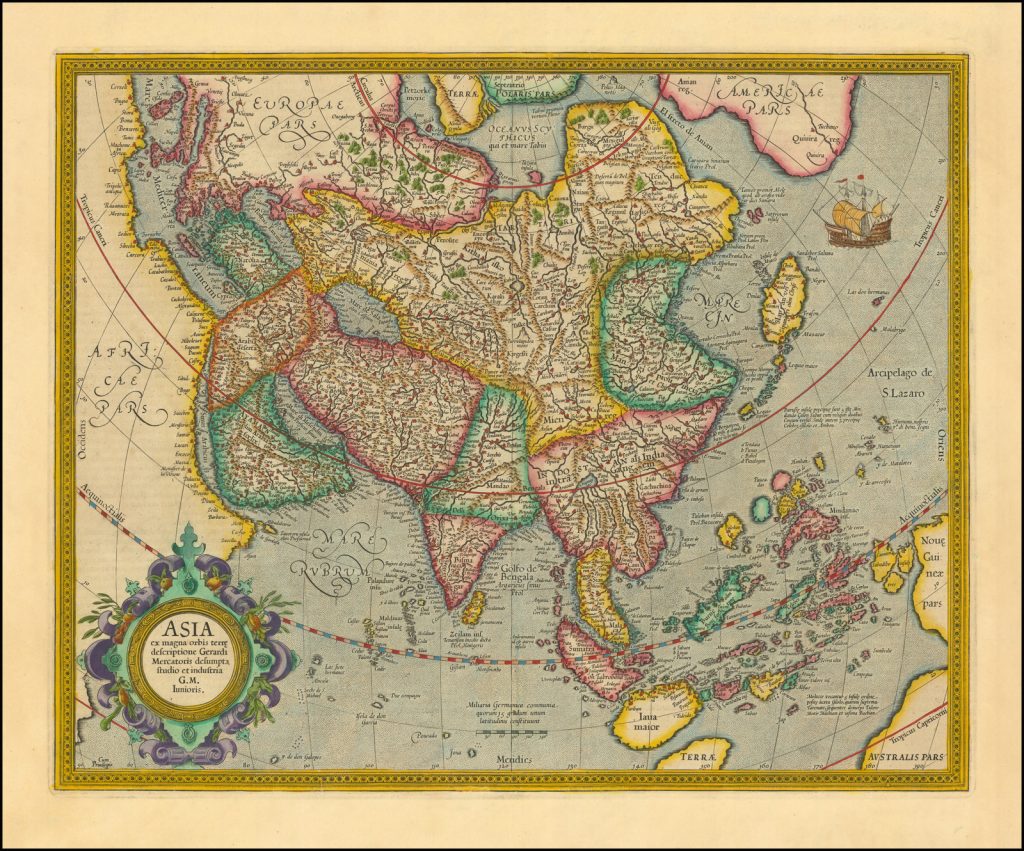
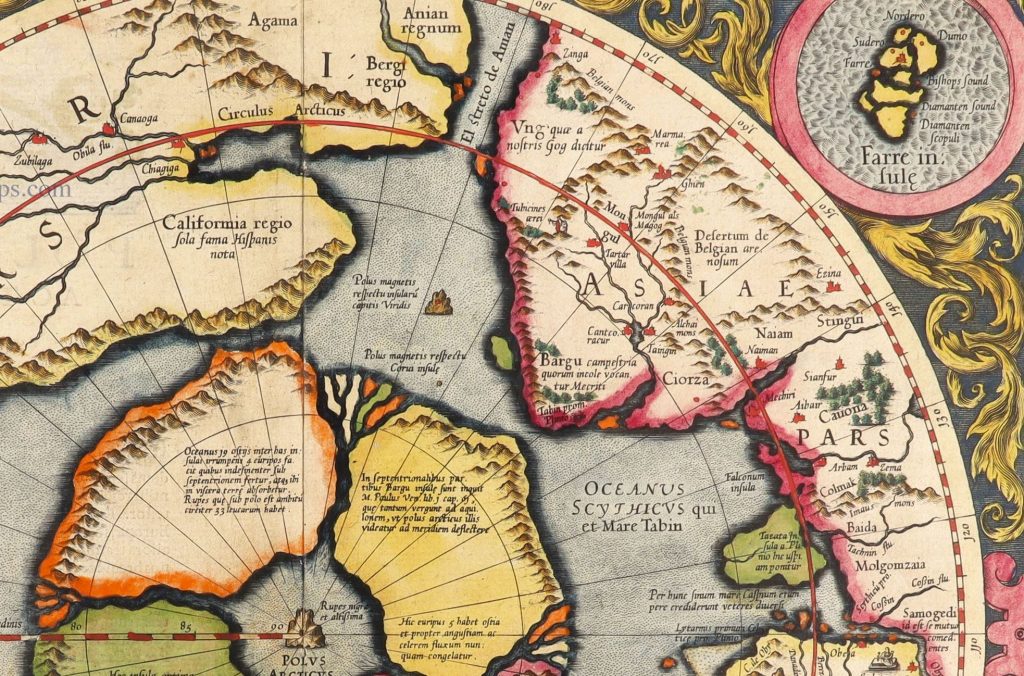
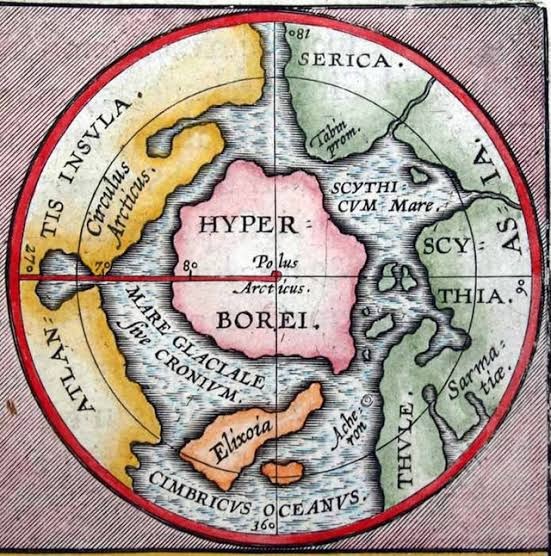
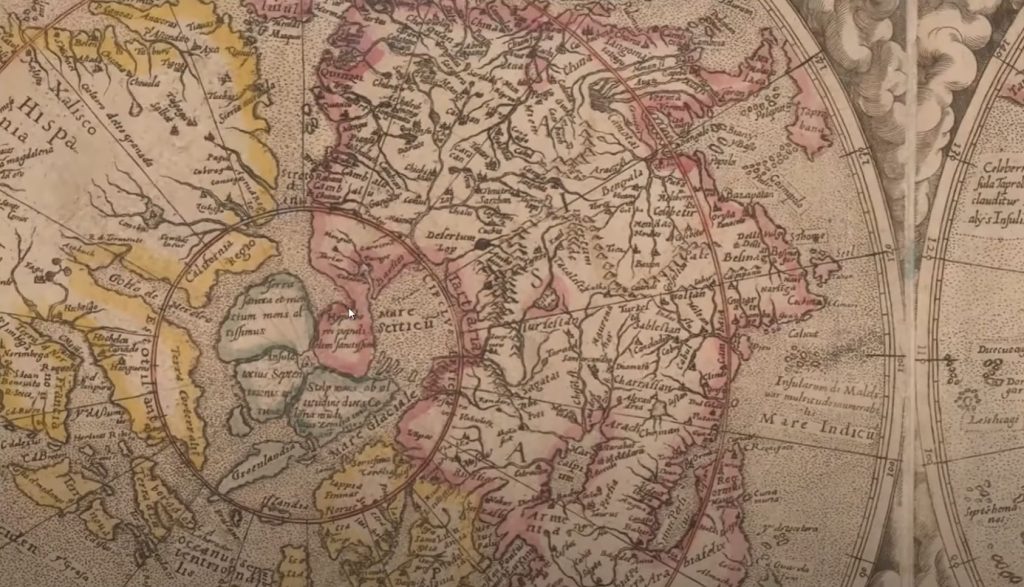

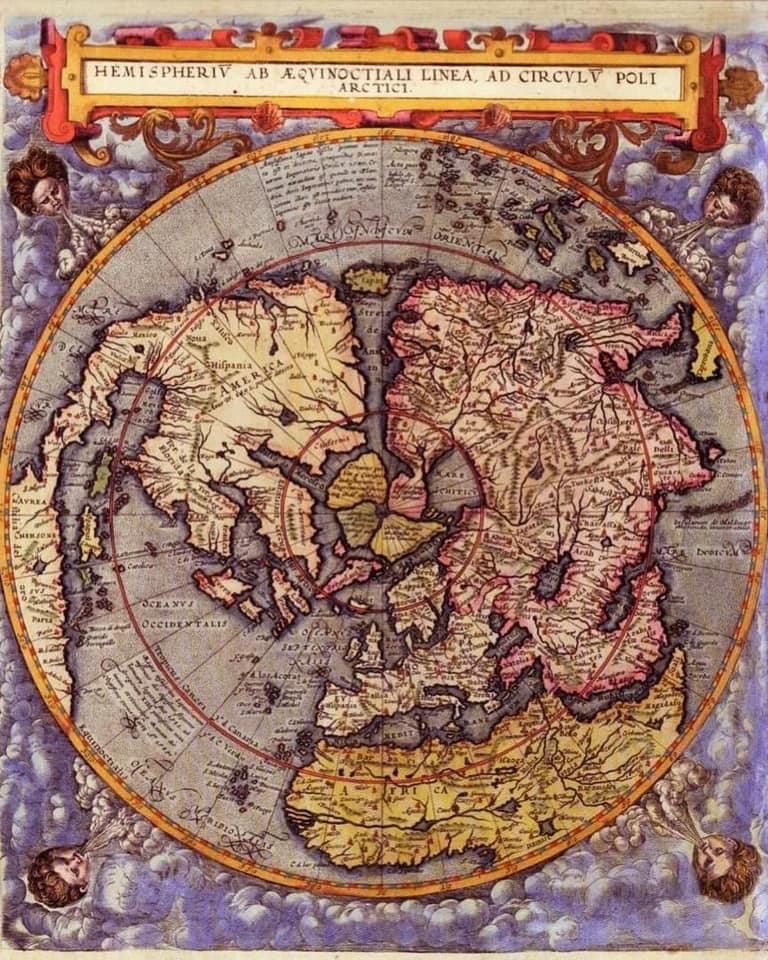
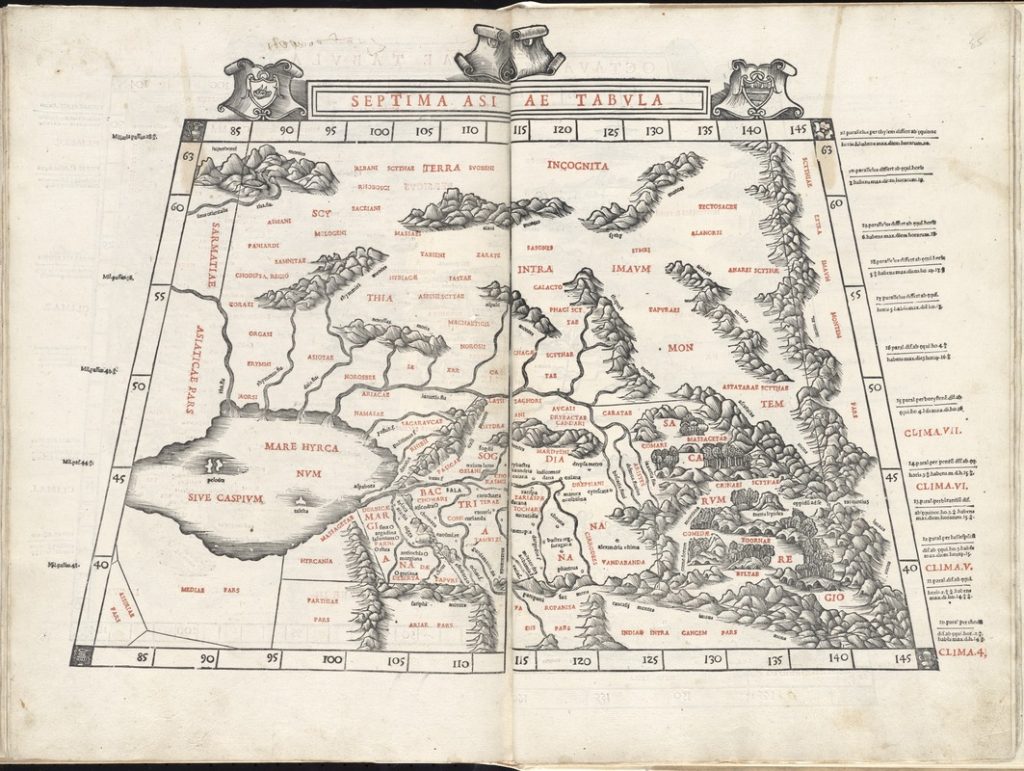
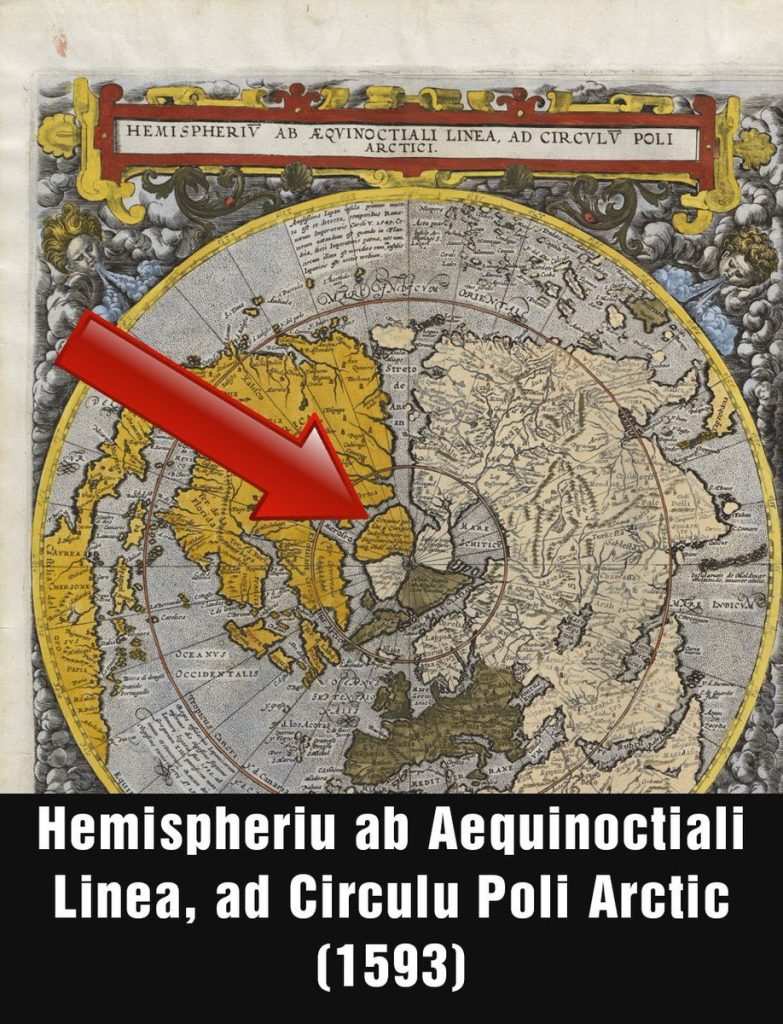
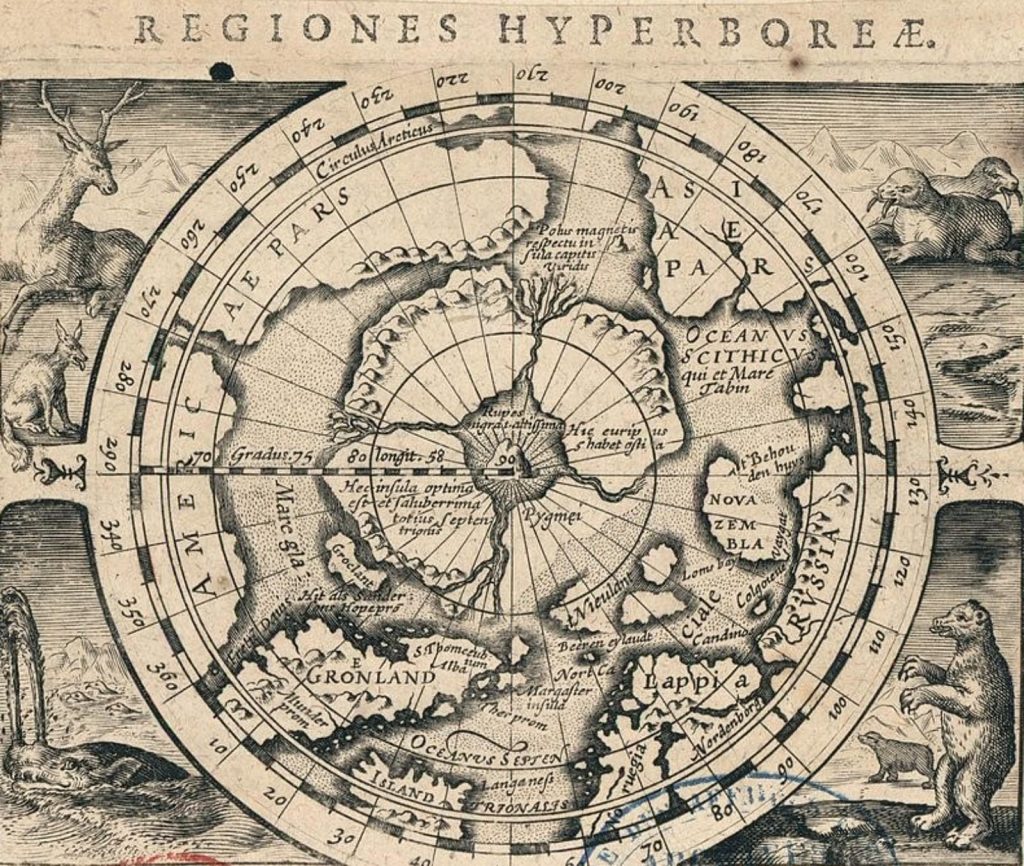
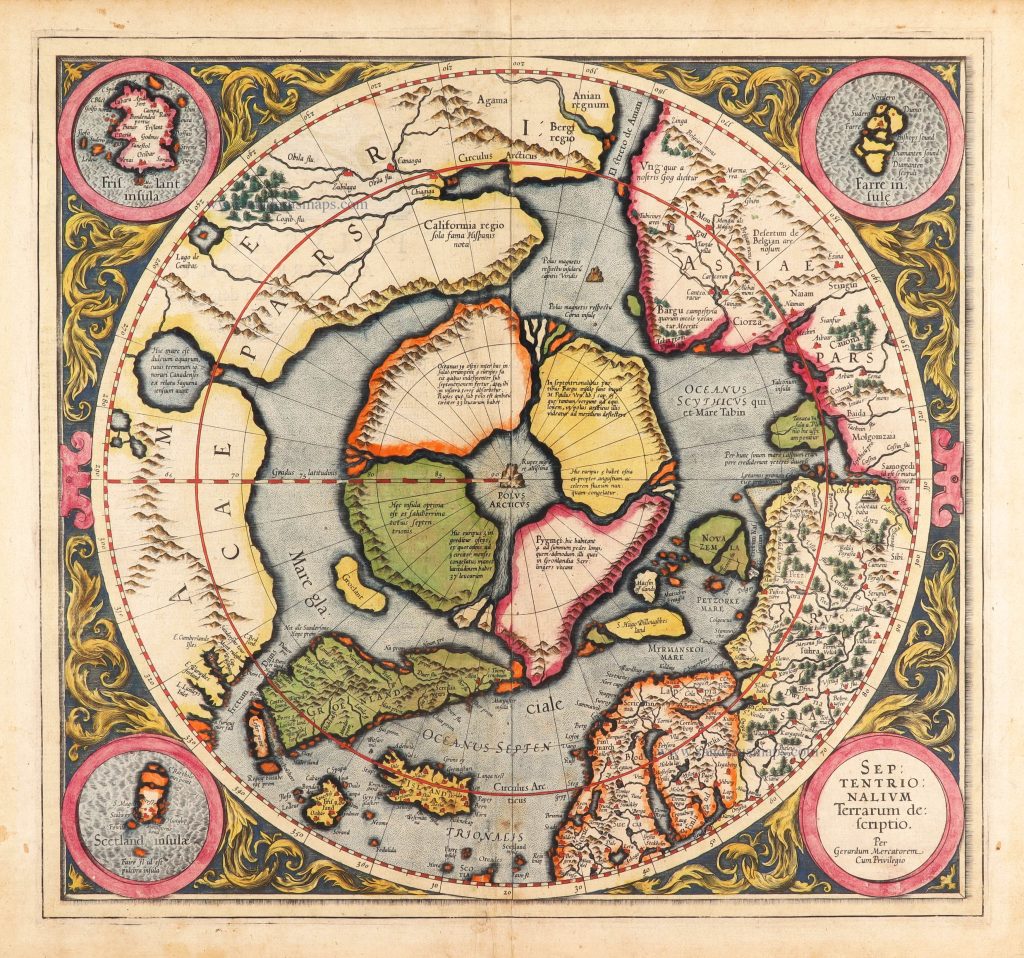
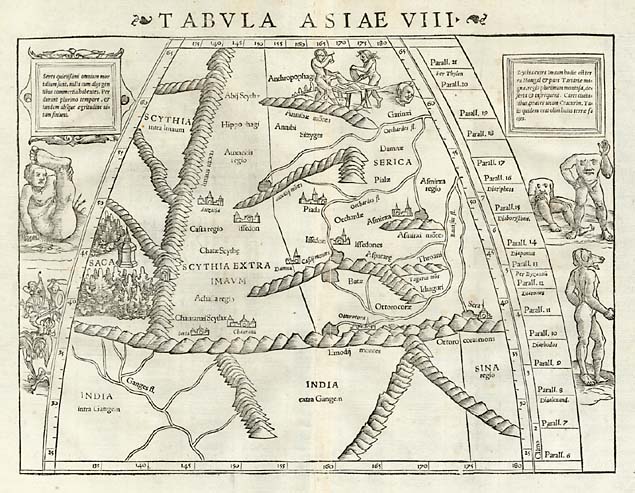
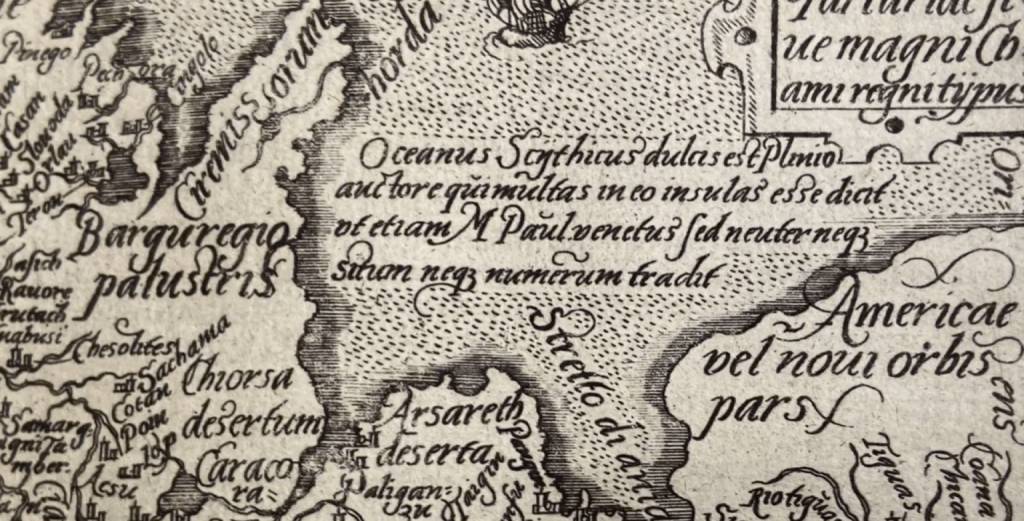
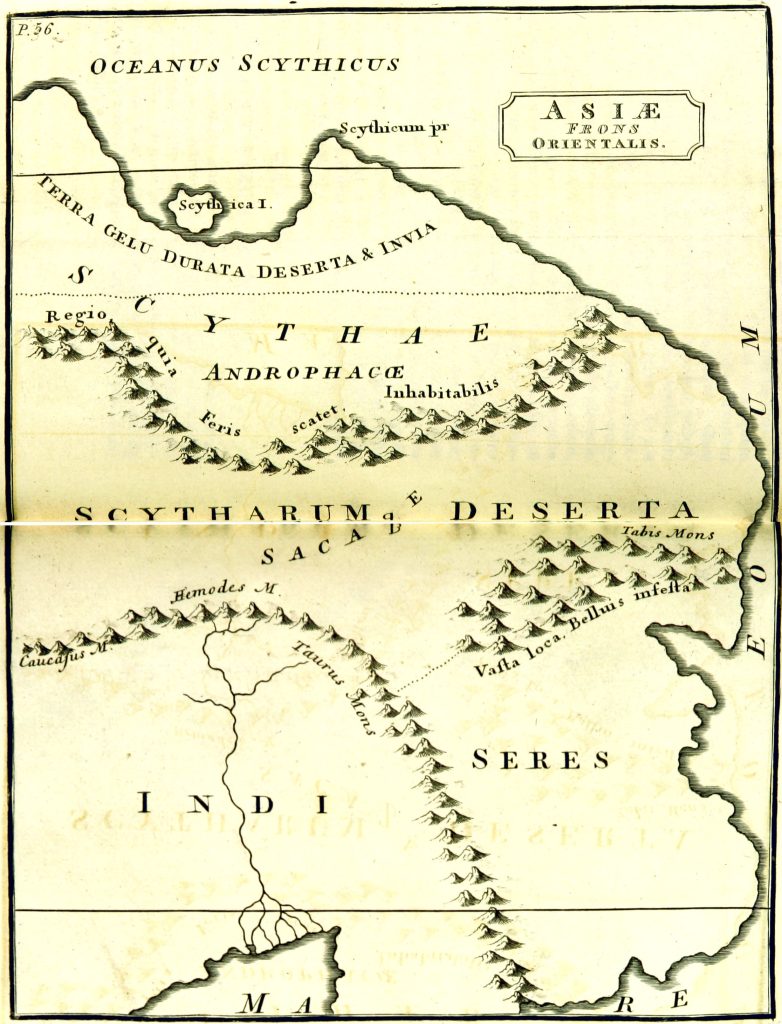
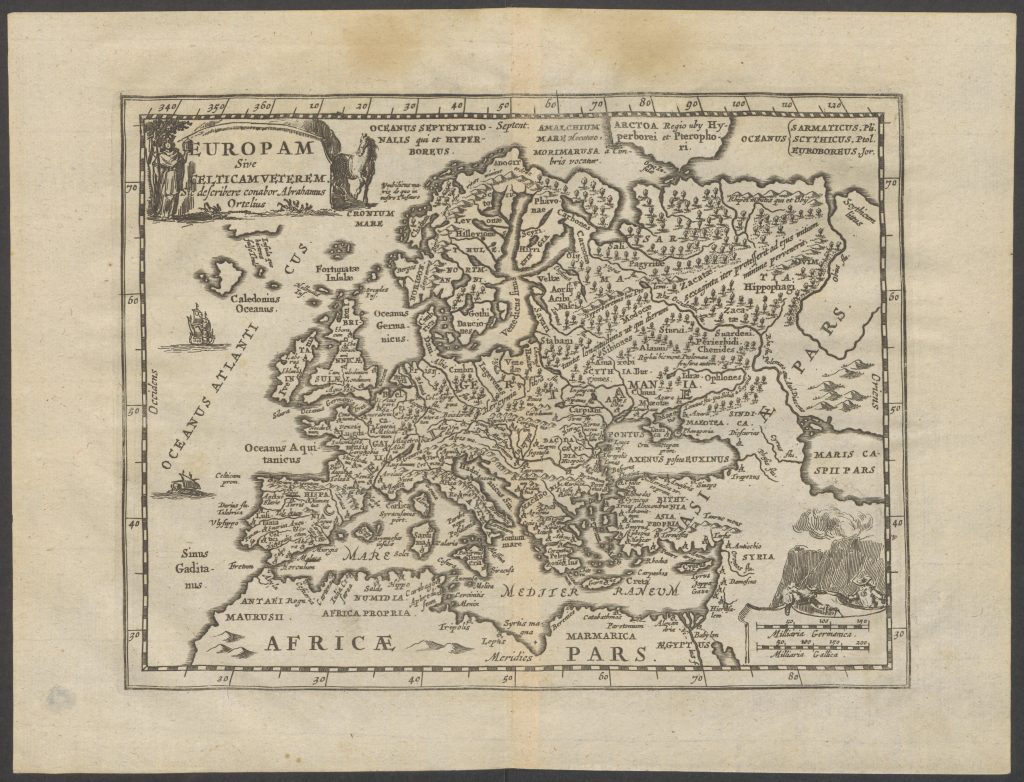
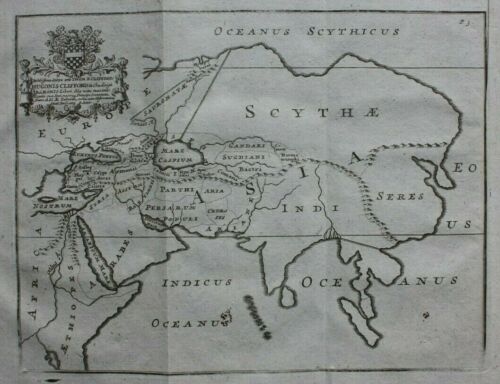
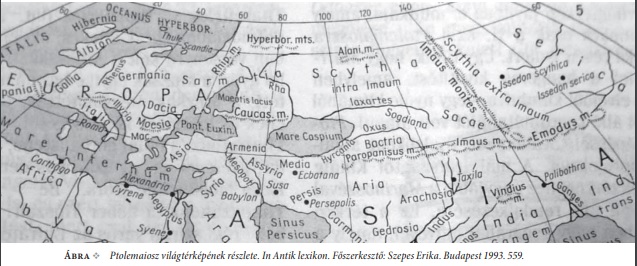
2 Comments
I think there is something interesting about Siberia since magnetic north is moving faster than ever, from 8-9 miles a year to 30-35 miles a year towards Siberia. This I believe is why the wars for NATO to be in Russia recently. Idk if you covered this. But interesting perspective.
Thanks for taking the time to comment Sarah, nice to meet you. How do we know for sure that magnetic north moves? I don’t know how this can happen on a flat stationary earth. I would be interested in your thoughts on this. I think it’s likely that magnetic north has been located around Siberia all along. Regarding the wars, Russia and USA work together always have. The geopolitics is all fake, the leadership are not opposed. They work together to hide God’s kingdom in the north from us. Have you seen this more recent post I made?: https://exodusredux.com/new-jerusalem-found/